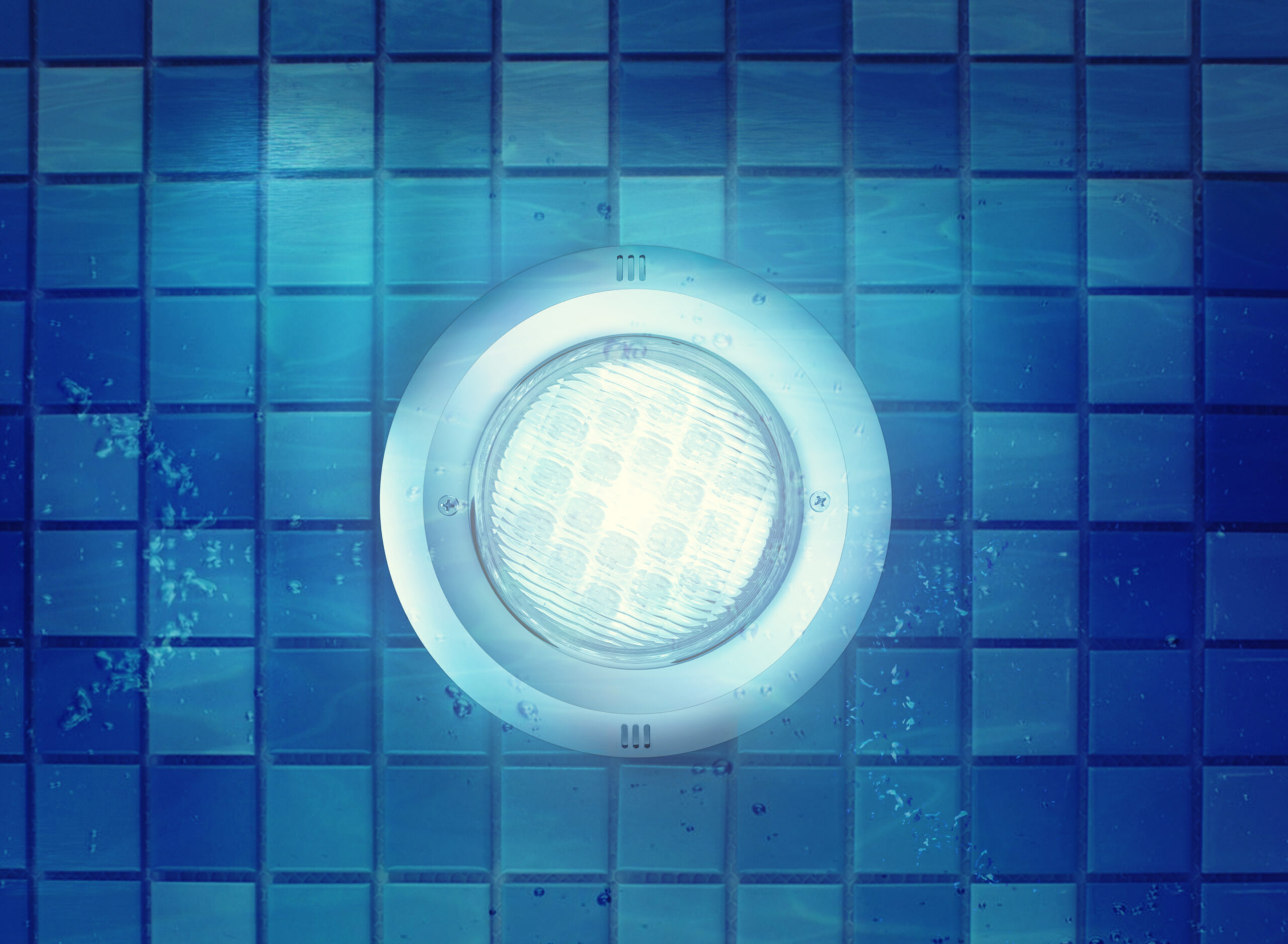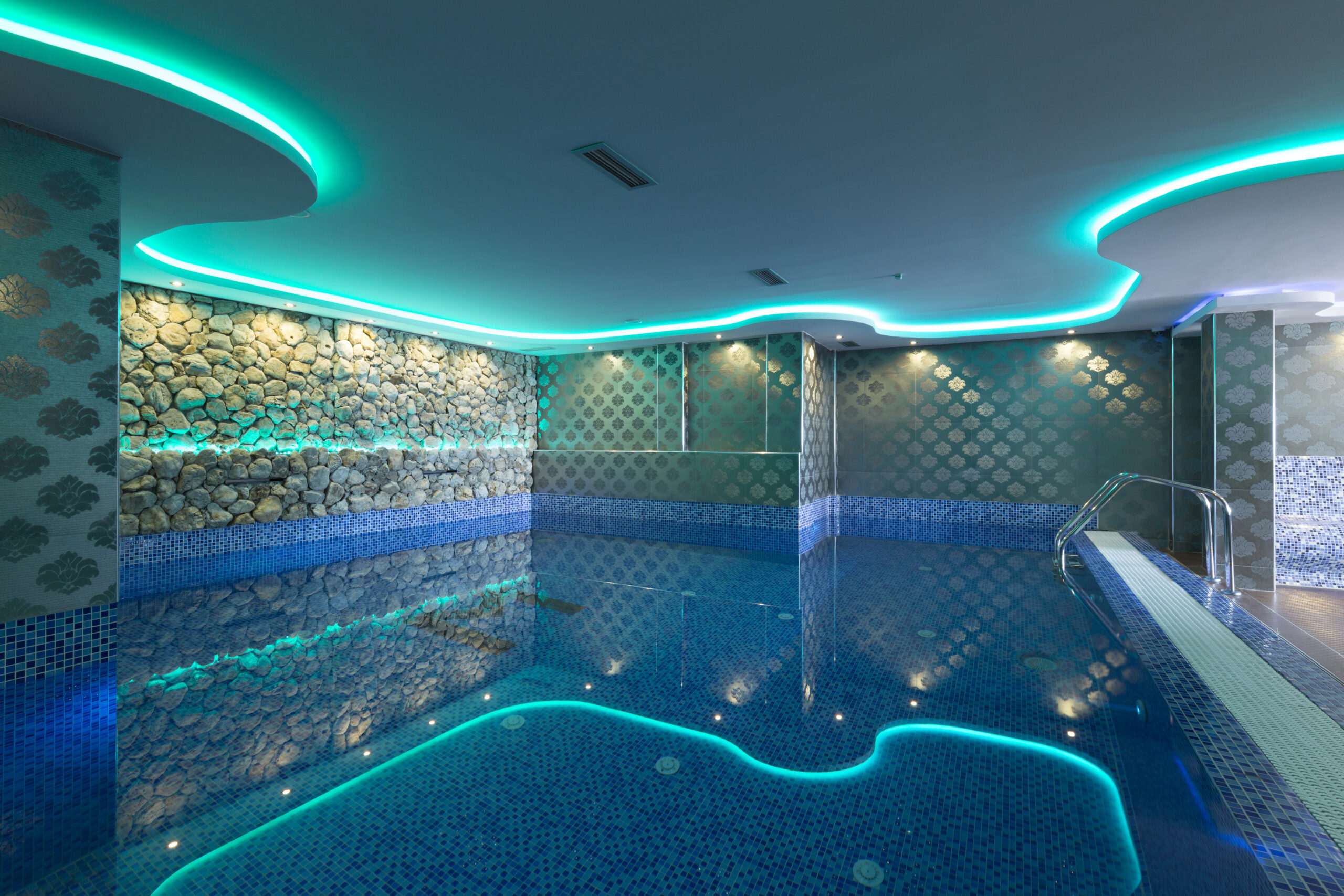You’re ready to dive into pool ownership, but have you considered your pool light maintenance? It’s not just about aesthetics; it’s a safety essential.
Don’t worry! We’ve got you covered with the basics of caring for and replacing your pool lights. With our guide, you’ll know when it’s time for replacement and how to do it right.
Let’s illuminate this topic together and keep your swim sessions bright and safe.
Understanding the Importance of Proper Pool Light Maintenance
It’s crucial to understand that maintaining your pool light properly isn’t just about aesthetics, it’s also about safety. Overlooking this essential task can lead to severe safety implications. Let’s dive into why this is so.
A damaged or malfunctioning pool light can be a significant hazard. Water and electricity make a dangerous combination, posing risks of electrocution. Regularly inspecting the fixture for damage or corrosion helps prevent such situations. If the seal fails and water seeps in, don’t attempt repairs yourself-call a professional.

Apart from safety, there’s also an energy efficiency angle to consider. A well-maintained pool light utilizes less power which means lower energy bills for you. Today’s LED lights are up to 80% more energy-efficient than traditional ones and last several times longer too.
Understanding how these factors interplay will help you master your pool maintenance regime. So remember, it’s not just about having an illuminated swim; regular upkeep of your pool light ensures both safety and savings!
Steps for Regular Pool Light Maintenance
You’ll need to regularly check your underwater illumination for any signs of wear or damage. Lighting safety is paramount; a small crack can lead to water seepage and electrical hazards. Ensure the light casing is secure, and the seals aren’t compromised.
Energy efficiency also plays a significant role in regular maintenance. Here’s what you should look out for:
– Power consumption:
– LED lights are more energy-efficient than incandescent bulbs.
– Check if your lights dim over time; it might be time to replace them.
– Lighting Safety:
– Damaged wires can cause shorts; ensure they’re well-insulated.
– If water has entered the light housing, turn off power at the breaker immediately.
The goal isn’t just keeping your pool well-lit but ensuring it’s safe and cost-effective. Remember, prevention is better than cure – regular checks help avoid expensive repairs down the line.
Recognizing When Your Pool Light Needs Replacement
Recognizing the signs that your underwater illumination needs updating can save you from potential hazards and high electricity bills. Pool light maintenance is not just about keeping the water bright for night swims. It’s also a safety measure to prevent electrical issues and make sure you’re energy efficient.
Light Dimming Indicators are a clear sign your pool light needs attention. If your pool light isn’t as vibrant as it used to be, or if there’s uneven lighting with dark spots in certain areas, it might be time for an upgrade. Don’t ignore this signal; dim lights don’t always mean you need new bulbs, but they could indicate deeper electrical problems that require immediate attention.
Unexpected Color Changes can also signify an issue with your pool light. A correct functioning LED pool light will maintain its color when switched on, without flickering or changing hues unintentionally. If yours starts showing inconsistent colors, it’s likely time for a replacement.
Make sure you’re observing closely and taking these indicators seriously. By doing so, you’ll ensure that your underwater lighting remains top-notch while saving on costs and preventing potential risks.
Process for Proper Pool Light Replacement
Once you’ve identified that there’s an issue with your underwater illumination, understanding the correct process to replace it is crucial for both your safety and to maintain a well-lit swimming environment. Following lighting safety measures and conducting a replacement costs analysis will make this task less daunting.
Here’s what you need to do:
* Switch Off Power: Safety should be your priority. Always turn off the circuit breaker before starting work.
* Remove Old Light: Unscrew the light from its niche. Carefully pull out enough cable so that you can place the light on the pool deck.
* Be cautious not to pull too hard; damaging the wire could lead to added costs.
* Disconnect Old Light: Remove screws holding light assembly together, then disconnect wires.
The next phase centers around cost considerations:
* Purchase New Light: Research market prices and choose a unit that matches your pool’s specs and budget.
* Don’t forget about energy efficiency-it impacts long-term operating costs.
* Install New Light: Connect wires using waterproof wire connectors. Screw new fixture into place.
Tips for Prolonging the Lifespan of Your Pool Lights

It’s important to consider some useful tips that can help extend the lifespan of your underwater illumination system.
First, let’s talk energy efficiency. Choose LED lights over incandescent or halogen bulbs, as they consume less power and last longer. They’ll save you money in the long run and require fewer replacements.
When it comes to light types, opt for quality. Don’t skimp on cheaper models; they tend not to last as long and can end up costing more due to frequent replacements. A good-quality pool light ensures longevity and better performance.
Ensure regular cleaning of the light fixture. Algae growth or accumulated debris may cause damage or reduce output intensity if left unchecked. Always turn off all connections before cleaning for safety reasons.
Lastly, keep an eye on water chemistry balance in your pool. Excessive chemicals could corrode your lighting system over time. Regularly check pH levels and adjust accordingly.
Remember these tips, and you’ll find your pool lighting will last longer and shine brighter with less hassle involved in maintenance or replacement requirements – a worthy investment for any dedicated pool owner!
Frequently Asked Questions
What Type of Pool Light Is the Most Energy-Efficient?
LED pool lights are your most energy-efficient option. They’ve got a long lifespan, which means less replacement hassle for you. Consider solar options too, they’re eco-friendly and can cut down on your energy bill.
Are There Any Specific Safety Measures to Take When Handling Pool Lights?
Yes, when handling pool lights, you must consider lighting hazards and waterproofing essentials. Always disconnect power before servicing. Don’t touch the bulb with bare hands; oil can cause hotspots leading to premature failure.
Can I Replace My Pool Light With a Different Color or Style?
Yes, you can replace your pool light with a different color or style. It’s a great way to impact the lighting and atmosphere of your pool area. Remember, color psychology plays a key role too.
What Are the Costs Associated With Replacing a Pool Light?
You’ll find pool light replacement costs varying, considering factors like light longevity and upgrading benefits. Typically, it’s between $150-$300 for the fixture plus labor. Upgrading might cost more but offers energy-saving benefits long term.
Can I Install a Pool Light by Myself or Should I Hire a Professional?
You can install a pool light yourself, but it presents DIY challenges like electrical safety and waterproofing. Hiring a professional offers advantages: they have the right tools and experience to ensure a safe, effective installation.
